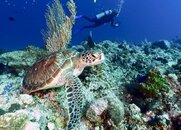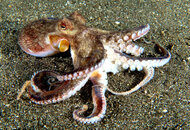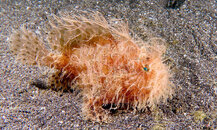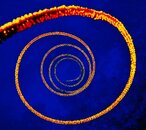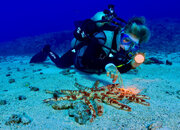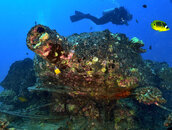I don't know what you mean, but I have answered your question. I own a em5 mk2 and an em1 mk2. And the difference in quality is zero. Underwater both do the same job. If you find the amount of focuspoints important, then go for the em1. But the em1 mk2 is now more or less the same as the em5 mk3. Only the battery is different, smaller. And the body is smaller than the em1.
But for you, the first thing is to understand photograpy better. I went from a gopro clone straight to a em5. But I readed a lot about aperature, shutter speed, iso etc. A good picture starts with compostion. Then it must be sharp and the tool is really the last thing. I made a picture with a goproclone or under 200 euro and that picture is now hanging full size (so human size) in a museum. If a goproclone can make such pictures (of course within the 'know the limits of your camera' principle), then for sure you can print good pictures on bigger sizes with the tg6. And if you think this is not possible, buy Gigapixel. But before buying a new camera, I would do a GOOD photography workshop or course for the tg6. Not a specialty where the instructor does not have any experience. In my country, a shop gives 4 hour workshops especially for tg6 user to tell them about the possibilities and impossibilities about the camera. Just a short tips and tricks workshop. And then also a workshop or course about composition etc would not be bad.
If you are an autodidact like me, you can learn it yourself, but you must have interest in it.
But for you, the first thing is to understand photograpy better. I went from a gopro clone straight to a em5. But I readed a lot about aperature, shutter speed, iso etc. A good picture starts with compostion. Then it must be sharp and the tool is really the last thing. I made a picture with a goproclone or under 200 euro and that picture is now hanging full size (so human size) in a museum. If a goproclone can make such pictures (of course within the 'know the limits of your camera' principle), then for sure you can print good pictures on bigger sizes with the tg6. And if you think this is not possible, buy Gigapixel. But before buying a new camera, I would do a GOOD photography workshop or course for the tg6. Not a specialty where the instructor does not have any experience. In my country, a shop gives 4 hour workshops especially for tg6 user to tell them about the possibilities and impossibilities about the camera. Just a short tips and tricks workshop. And then also a workshop or course about composition etc would not be bad.
If you are an autodidact like me, you can learn it yourself, but you must have interest in it.



